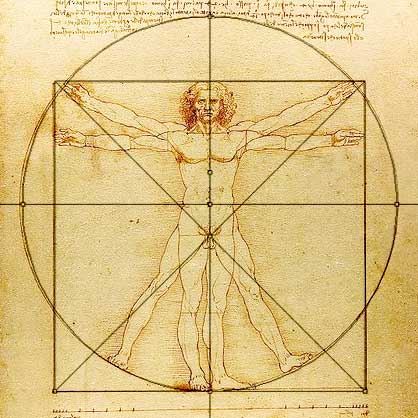The Art of Dissection
 Within the past two weeks, we’ve gotten to know our first patient (our cadaver) to a more personal level. After dissecting the back and arms, we finally met our patient face-to-face. We explored the nerves and muscles that make her smile, frown, cry, and express herself to us. We explored the components of the eyes through which she saw the world throughout her life. We looked into the parts that let her talk and listen to her family and friends, and take the last breath of her life.
Within the past two weeks, we’ve gotten to know our first patient (our cadaver) to a more personal level. After dissecting the back and arms, we finally met our patient face-to-face. We explored the nerves and muscles that make her smile, frown, cry, and express herself to us. We explored the components of the eyes through which she saw the world throughout her life. We looked into the parts that let her talk and listen to her family and friends, and take the last breath of her life.
Then, not long after, our patient gave me the honor to discover what makes her the person she is, as I held her entire brain in the palms of my hand. That was her, everything she is, everything she knows, and everything she feels and does. That’s her mind. That’s her brain, and I’m holding it. It was a privilege.
There’s just something very intimate about working on a fellow human being. Her whole body is under the control of our fingers, and to respect the autonomy and integrity of her existence, we applied care in our dissection.
For the first time, I truly saw the art of dissection. I had dissected a cat as a post-bacc at UGA, and I had always been a careful dissector, producing very clean specimens, but here at AUC, I am humbled. The facial nerves are some of the finest, most vulnerable nerves one can seek for in a dissection, and they are buried within a layer of fat and connective tissue right under the skin of the cheeks. Isolating these nerves is a task that requires a lot of patience, like finding a small needle out of a haystack. The only way to find these nerves is by a probe, as a scalpel will easily tear through them. Our group spent hours and several careful hands and managed to find the posterior auricular nerve, the temporal, zygomatic, buccal, and mandibular branches. It was an accomplishment.
Not all dissections are the same. There are clearly some groups who dissected more cleanly than others. This may be due to group dynamics, manual dexterity, and the amount of time put in after hours for dissection. At first I thought our dissection was pretty clean until I saw some other tables, whose parts are clearly distinguishable and devoid of fat, connective tissue, and other stuff that fill the spaces between. And of course, Dr. Nash’s cadaver looked like it came straight from Netter’s drawings. I saw how beautiful a dissection can be, driven by the spatial understanding of an architect, the craft of an artist, the precision of a scientist, and the spirit of an explorer.
As I got to know my first patient, I learned more about myself. When I looked deep into her head and neck, I saw my own. That’s what makes working with a fellow human being an intimate experience. As they share themselves to us, we give back by putting our best efforts in creating a beautiful dissection. As we learn from them, we see ourselves through them, and realize the sophisticated yet impermanent nature of our existence.








